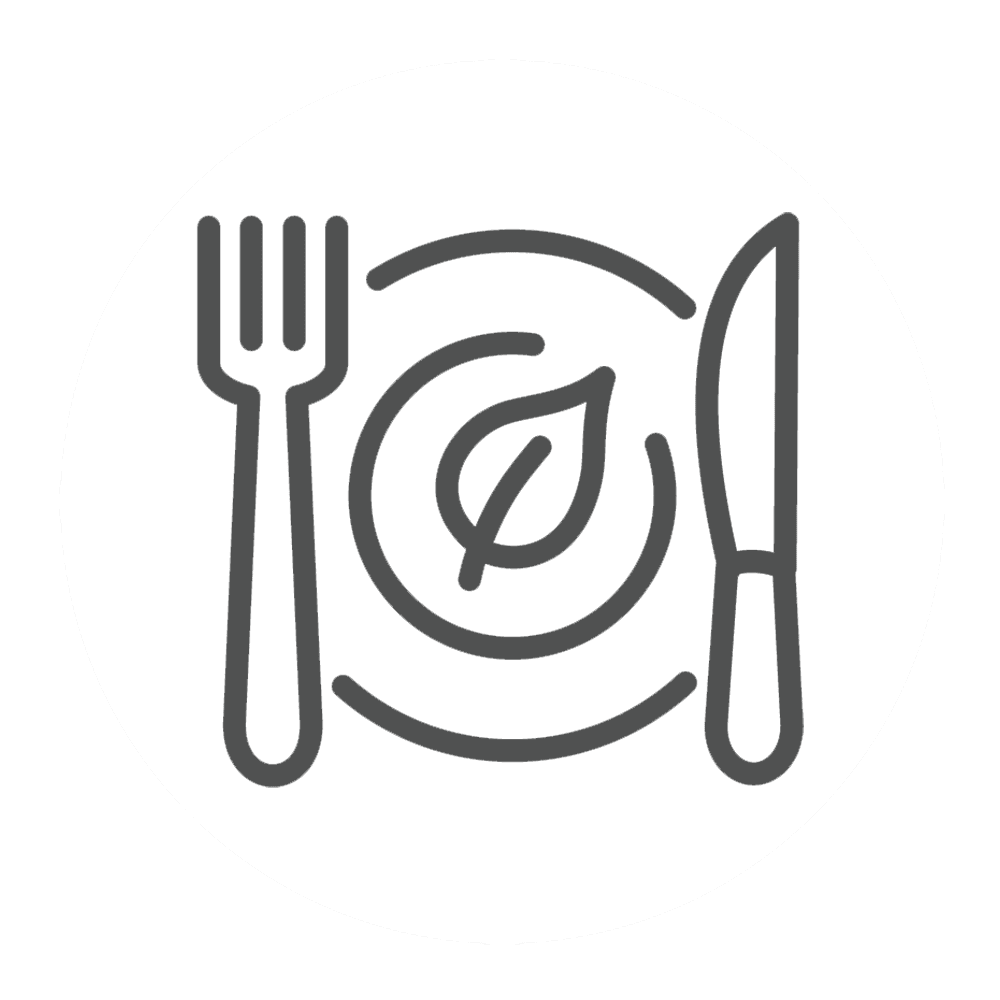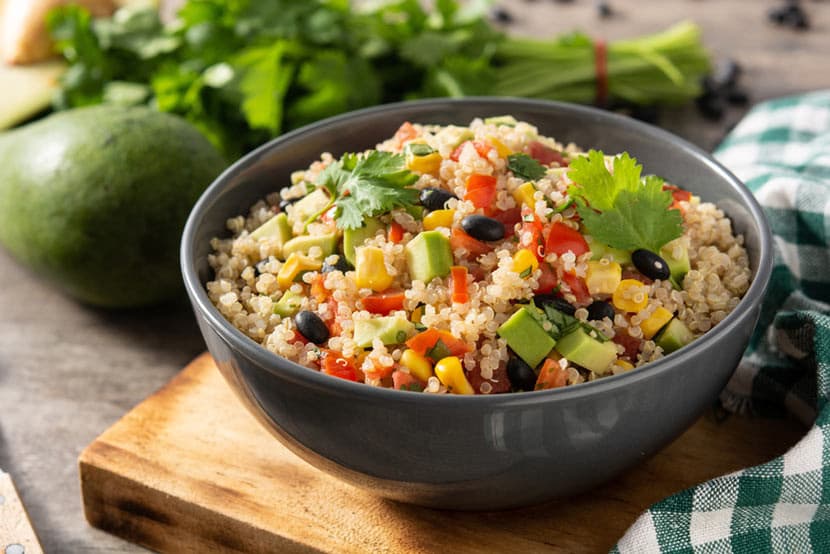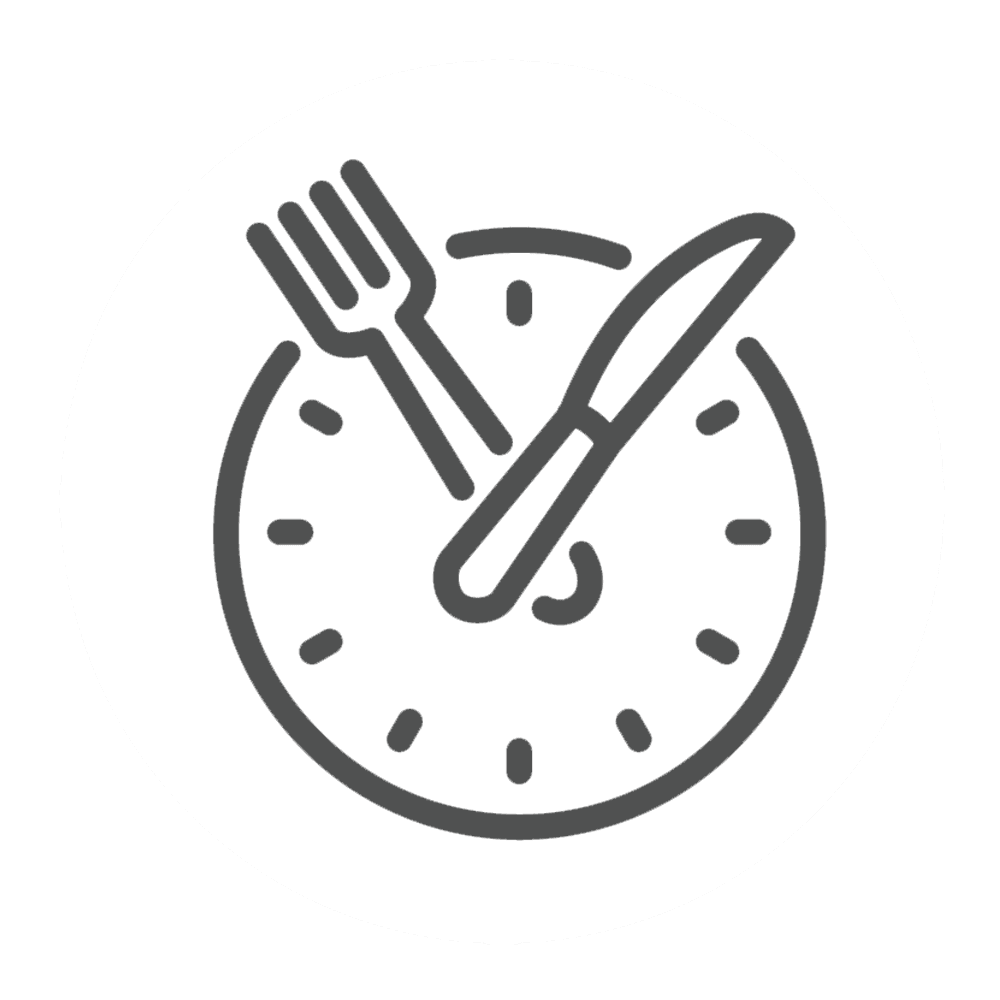Nutrition for Maximum Health
Article by:
Tammie Burak |
14 min read
What motivates your food choices? Perhaps you’ve never considered this question before or haven’t given it much thought. But it’s important because what motivates your food choices today will largely determine your health status, and even that of your children, in the future. Too often, we make impulse-driven decisions about what we eat. We consult our feelings and eat whatever we feel like having at the moment, rather than following an intentional, purpose-driven plan. But whether you follow a plan or not, your eating likely falls into a predictable pattern that will just as likely have predictable effects on your health.
Food Can Switch Genes On or Off
The field of epigenetics, which studies gene expression, reveals that we can influence the genes we’ve been born with. Dr. Sal Lacagnina, a lifestyle medicine practitioner says, “Through healthy living we can switch on healthy genes and keep less healthy genes turned off.”1 In other words, just because your grandmother died of breast cancer or your father had diabetes doesn’t mean you are doomed to face those diseases yourself. Consistently making positive lifestyle choices can support healthy genes and suppress disease-causing genes. “Each action, exposure, interaction, and life experience influences not only the function of our genes but also directly influences what happens to the genetic profile of our children and even their children,” Lacagnina explains.

So, what we choose to eat comes with responsibility not only for our own health, but also for the health of our offspring. This is true not only because of how our food choices affect genetic expression but because our children and grandchildren often inherit our attitudes about food and our eating habits, too.
Food for Building and Repairs
Food does more than just fill us up. It supplies fuel for energy and nutrients for maintenance or growth, and repairs. Our body requires high-quality, clean-burning fuel to keep the machinery of life going. Even when we’re sleeping, we burn 45 calories per hour, on average. In addition, the food we eat supplies the materials needed for growth in children, and repairs in adults. Each day, nutrients are needed for replacing old blood cells, as well as repairing damaged cells and tissues. If we don’t supply the body with the high-quality nutrients it needs, signs of aging and disease will develop.
Food Contributes to Health or Disease
In fact, it’s estimated that 80% of healthcare dollars is spent on what Dr. Lacagnina calls “truly avoidable, manmade chronic illnesses.”2 These illnesses are largely due to the Standard American Diet (SAD), which is based on de-natured, processed foods which are often made with refined carbohydrates and saturated, damaged fats. Not only does this diet not provide adequate nutrients to support the body’s basic needs, but it triggers inflammation, the basis of all disease, and loads the body with toxins. No wonder so many people are struggling with health problems in developed countries.
There are some exceptions, however. Loma Linda, California, a city with a population of under 25,000, is known for its unusually high number of healthy, long-lived seniors. According to the Los Angeles Times, “Residents there are 10 times more likely to live to 100 than typical Americans.”3 Loma Linda has been identified as a “blue zone” community, along with such places as Okinawa, Japan; Sardinia, Italy; Ikaria, Greece; and the Nicoya Peninsula, Costa Rica. Not only is there a higher-than-average number of people in these communities who live to be 100, but they also have lower-than-average rates of the kinds of illnesses that are typically age-related.4 One of the key factors held in common by all these places is a plant-based diet built on mostly whole, unprocessed, or minimally processed foods.
Good Nutrition for Maximum Health
Science has found that greater longevity and less disease are common outcomes for switching to a whole food, plant-based diet. But some wonder if such a diet can adequately supply nutrients like protein, calcium, and iron.

First of all, it’s generally assumed that the standard determining what is adequate for each nutrient is revealed by government-set recommended daily allowances (RDAs). However, it’s important to understand that RDAs were first established as a guide to provide adequate nutrition to troops enlisted during World War II and were based on typical diets of the day.
Later, the RDAs were replaced with the new Dietary Reference Intakes (DRI) program which published new guidelines between 1997 and 2004. The DRIs take into account the “estimated average requirement” of each nutrient, a value based on the amount of a given nutrient for half the population to meet a set “criterion of adequacy” or normal body functioning. In other words, the numbers depict measures of nutrients that are thought to maintain normal body functioning.
These values are guidelines. They are not “intended to fit everybody.”5 They are estimates based on conventional, mainstream science and mainstream dietary practices in North America. They are guidelines based on “norms.” But norms do not adequately describe what’s optimal in health.
Let’s consider an example. The DRI for calcium is 1000 mg for men and women 19-50 years of age. This value was determined “largely from the results of calcium balance studies.”6 What is calcium balance?
The body carefully monitors how much calcium is circulating in the blood. When there’s not enough, a hormone signals for calcium to be released from the bones to be reclaimed from the kidneys. At the same time, the active form of vitamin D, which encourages calcium absorption, is synthesized. Conversely, if there’s too much calcium in the blood, it is urinated out.
The standard American diet with its emphasis on animal-based protein creates an acidic system which is neutralized by releasing calcium from the bone, which is then urinated out. Perhaps this explains why countries with the highest rates of dairy consumption also have the highest rates of osteoporosis. The DRI of 1000 mg for calcium, then, is the amount of calcium that’s needed for half the population of average adults on the standard American diet to achieve positive calcium balance.
However, adults who eat a plant-based diet with lower than DRI amounts of protein and calcium are “protected by the low acid load of their diet.”7 This protective factor exists because of the body’s own calcium-conserving measures, higher potassium intake from plant foods, and probably other unidentified advantages associated with the interplay of micronutrients from plants.

Generally, vegans take in lower amounts of calcium than is specified in DRI values, but a study comparing nutrient intake in vegans with Dietary Reference Intakes found that plant-based diets exceed recommended intake values for many vitamins and minerals.8 Another study concluded that while protein and calcium intake in the vegans studied was lower than that of typical omnivorous diets, “No clinical signs of nutritional deficiency were observed in the vegans. . . . In addition, none of the vegans was overweight and their blood pressures were low for their age.”9 Getting enough of all the essential nutrients is not a concern for those who eat a variety of whole foods in adequate amounts.10 (Learn more about The Whole Food Plant Based Diet.)
When you are trying to regain health, your body needs the premium-quality nutrients offered by good quality plant foods. Along with macronutrients like clean-burning carbohydrates, essential fatty acids, and proteins, whole, fresh plant foods offer health-supporting phytonutrients, antioxidants, and system-cleansing fiber. So whether you’re healing from surgery or illness, trying to lose weight, or simply aiming for optimal health, plant-based eating is the best option for meeting your health goals.
How to Start Eating Healthy: Tips for Whole Food, Plant-based Eating

Want to live healthier, longer? Eat more plants! Here are tips for making whole food, plant-based eating part of your healthy lifestyle:
 |
Spend more time in the produce section |
Never made a meal with dragon fruit or edamame? If your grocery store has stuff in the produce section that you’ve never tried, it’s time to investigate. Find out what you like, learn basic ways to prepare a greater variety of vegetables and fruits and include them in your diet.
 |
Find a starting place |
Start with a recipe, then do your own thing. Pick up a good recipe book on plant-based foods. Colorful photos can be inspiring, so choose a cookbook that shows delicious-looking dishes. The internet is a great place to find plant-based food inspiration, too. Try a few recipes, but don’t stop there. Once you’ve discovered a new favorite, make the dish your own by tweaking the recipe to suit your tastes.
 |
Sauce it up |
More than just a condiment, good plant-based sauces can turn a bland dish into something spectacular while adding important nutrients. For example, a tahini dressing will boost your calcium intake, a flax oil dressing will give you important fatty acids. Sauces can be super simple to make. Learn how to stir up a few great sauces to make any meal special.
 |
Use your blender more |
Is your blender gathering dust? Time to learn how to use that thing! You can make creamy veggie soups, nutrient-rich smoothies and ready-in-seconds sauces in your blender.
 |
Think like a painter |
Eating the rainbow helps to ensure you’re getting a variety of foods and nutrients in your plant-based diet. Think of how the food will look on your plate when you’re planning meals. Punch up your plate with jolts of deep colors.
 |
Get a bigger bowl |
One dish meals can be fast, easy, nutrient-dense and delicious. Here’s an example. Put freshly cooked quinoa in the bottom of your bowl, top with a pile of chopped greens, drizzle with freshly made dressing and sprinkle with sliced almonds or sesame seeds. In no time flat, you can prepare this tasty meal-in-a-bowl that delivers palate-pleasing texture and flavor along with protein, carbohydrates, vitamins, minerals and essential fatty acids. Sounds like a delicious prescription for better health.
 |
Go green |
If you’re concerned about getting enough vitamins, minerals, health-protecting antioxidants, fiber, etc, eat more greens. Think beyond that boring bowl of garden salad with its bland iceberg lettuce and tiny bit of tomato for color. Try out all the greens at the grocery store. Experiment with growing a variety of greens. Then eat greens at every meal. Add leafy greens to smoothies (fresh pineapple chunks or juice and a frozen banana can help the flavor and texture), top whole grains with chopped leaves and sprouts, or blend them into soups.

In addition to eating a whole food, plant-based diet to provide high-quality nutrients, your body depends upon good digestion to make those nutrients available to every cell. Here are some guidelines to help your body make efficient use of the food you eat.
 |
Eat clean |
Choose the best quality of food you can as often as possible. That means you should do your best to avoid nasty stuff like genetically modified foods, produce that has been heavily sprayed, and endocrine disruptors, etc. Nevertheless, don’t let your pursuit of eating clean become an obsession to the point that you short yourself on nutrients because you’re avoiding everything that’s “unclean.” God intended for us to enjoy our food, so do what you can, and don’t stress over the rest.
 |
Eat on time |
Your body is regulated by an internal clock and “research suggests that an eating schedule that is misaligned with one’s circadian rhythm can increase a person’s risk of [becoming] obese or developing metabolic problems, like insulin resistance.”13 Skipping breakfast and eating late are examples of misalignment.
 |
Drink enough water |
Adequate water intake is needed to produce gastric juices for digestion. Water should be drunk between meals, a half-hour before each meal and 1.5-2 hours after each meal.
 |
Eat for your energy needs |
Planning a long hike? Got a ditch to dig? Fuel up for the work that lies ahead. If you’ve got a desk job, you won’t have the same energy requirements as a long-distance runner. Eat for your needs.
 |
Get a good variety |
Include a wide variety of fruits, vegetables, legumes, nuts, and seeds. Every plant has a different nutrient profile so eating a variety of plants will ensure you get balanced nutrition.
 |
Start with a good breakfast |
It’s so important to start your day right with optimal nutrition. (Learn more about the importance of breakfast.)
 |
Eat a light supper |
Eat a light supper, or no supper at all. Digestion slows at night11 and sleep is disrupted by late meals.12 It’s good to eat your last meal several hours before you go to bed.
 |
Properly space your meals |
Meals should be spaced at least five hours apart to ensure adequate time for digestion. Learn more about how to space your meals for optimal health in Gastro Health.
By applying these principles to the choices you make about food, you set up yourself, and your children, for the greatest likelihood of attaining optimal health.
Learn more about nutrition with lifestyle educator Walt Cross!
These statements have not been evaluated by the Food and Drug Administration or Health Canada. Our articles, videos and products are not intended to diagnose, treat, cure, or prevent any disease. If you are pregnant, nursing, taking medication, or have a medical condition, consult your physician before following any recommendations or using any product on our site. You assume sole responsibility for your personal health, and you must use your own discretion under doctor consultation to determine whether any product or recommendation on this site is suitable for your personal situation.








